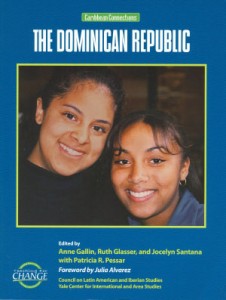 An informative collection of essays, oral histories, poetry, fiction, analysis, interviews, primary documents, beautifully illustrated timelines, maps and interactive and interdisciplinary teaching aids on the history, politics, and culture of the fourth largest Latino community in the United States.
An informative collection of essays, oral histories, poetry, fiction, analysis, interviews, primary documents, beautifully illustrated timelines, maps and interactive and interdisciplinary teaching aids on the history, politics, and culture of the fourth largest Latino community in the United States.
Authors include Julia Alvarez, Edwidge Danticat, Junot Diaz, Rhina P. Espaillat, Pedro Mir, Josefina Baez, and Sherezada Vicioso (Chiqui).
Ideal as background text for students or book groups reading literature by Dominican authors, communities with Dominican-American students, and for everyone interested in this Caribbean country with its rather long history of U.S. involvement.
The readings are organized into the following sections:
- Geography, History, Economy;
- Migration and the Dominican Diaspora;
- Shaping A Dominican Identity: Language, Race, and Gender;
- Haitian-Dominican Relations;
- The National Goes Global: Dominican Music and Baseball.
Award-winning author Julia Alvarez wrote the foreword. In it she said,
…And so you, reader, are now holding one end of a string of many voices. I can’t help but hope in these times of division and wars and rumors of wars, that the string played out in books such as this one might indeed provide lifelines. In place of glib sound bites and the violence of chauvinistically severing connections, dividing people into us and them, we can posit connection. By reading, by listening, by speaking in turn, we can create a string of understanding that circles the world.
Table of contents: English edition and Spanish edition.
Editors: Anne Gallin, Ruth Glasser, and Jocelyn Santana with Patricia R. Pessar.
A Spanish language companion is available, Conexiones Caribenas: La Republica Dominica.
Faculty Advisors: Julia Alvarez, Paul Austerlitz, Ginetta E.B. Candelario, Daisy Cocco de Filippis, Junot Díaz, Jorge Duany, Rosario Espinal, Ramona Hernández, Peggy Levitt, Samuel Martínez, Patricia R. Pessar, Ydanis Rodríguez, Rob Ruck, Ernesto Sagás, Andrew Schrank, Silvio Torres-Saillant
Funded by the Council on Latin American and Iberian Studies at the Yale Center for International and Area Studies; the U.S. Department of Education, through its International Research and Studies and National Resource Centers programs; and the Connecticut Collaborations for Teaching the Arts and Humanities grant program, a partnership of the Connecticut Department of Higher Education and the Connecticut Humanities Council.
ISBN: 1878554190 | Teaching for Change
Related Resources
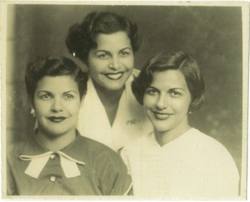 In the Time of the Butterflies by Julia Alvarez. It is November 25, 1960, and three sisters have been found near their wrecked Jeep at the bottom of a 150-foot cliff on the north coast of the Dominican Republic. The official state newspaper reports their deaths as accidental. It does not mention that a fourth sister lives. Nor does it explain that the sisters were among the leading opponents of Gen. Rafael Leonidas Trujillo’s dictatorship. It doesn’t have to. Everybody knows of Las Mariposas [The Butterflies].
In the Time of the Butterflies by Julia Alvarez. It is November 25, 1960, and three sisters have been found near their wrecked Jeep at the bottom of a 150-foot cliff on the north coast of the Dominican Republic. The official state newspaper reports their deaths as accidental. It does not mention that a fourth sister lives. Nor does it explain that the sisters were among the leading opponents of Gen. Rafael Leonidas Trujillo’s dictatorship. It doesn’t have to. Everybody knows of Las Mariposas [The Butterflies].
In this historical novel, the voices of all four sisters Minerva, Patria, Mar a Teresa, and the survivor, Ded speak across the decades to tell their own stories, from hair ribbons and secret crushes to gunrunning and prison torture, and to describe the everyday horrors of life under Trujillo’s rule. Through the art and magic of Julia Alvarez ‘s imagination, the martyred Butterflies live again in this novel of courage and love, and the human cost of political oppression. [Publisher’s description.] The novel does not say much about the role of the United States, so Caribbean Connections: The Dominican Republic is a vital companion resource.
The Hero’s Human Heart. Lesson for In the Time of the Butterflies by S. J. Childs in Rethinking Schools.
In the Time of the Butterflies. Film directed by Mariano Barroso. 2000. PG-13. Starring Salma Hayek.
International Day for the Elimination of Violence Against Women. November 25. By resolution 54/134 of 17 December 1999, the United Nations General Assembly designated 25 November as the International Day for the Elimination of Violence against Women, and invited governments, international organizations and NGOs to organize activities designed to raise public awareness of the problem on that day. Women’s activists have marked 25 November as a day against violence since 1981. This date came from the brutal assassination in 1960, of the three Mirabal sisters, political activists in the Dominican Republic, on orders of Dominican ruler Rafael Trujillo (1930-1961). On 20 December 1993 the General Assembly, by resolution 48/104, adopted the Declaration on the Elimination of Violence against Women.

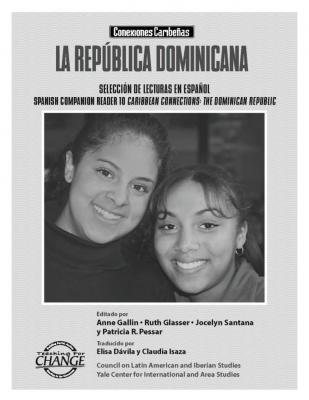
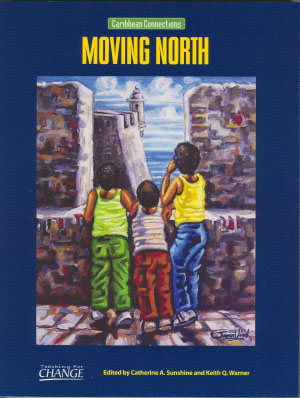
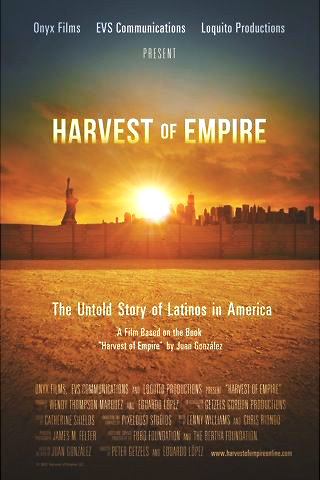






Twitter
Google plus
LinkedIn